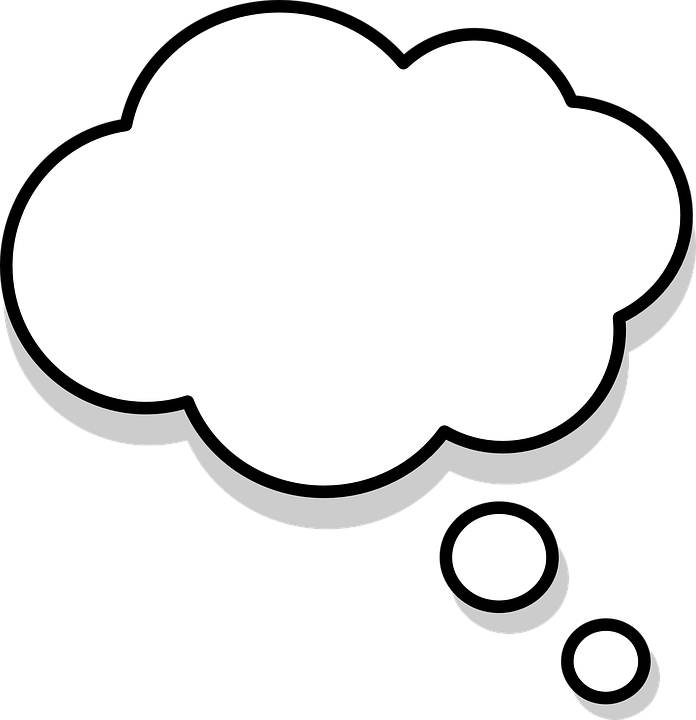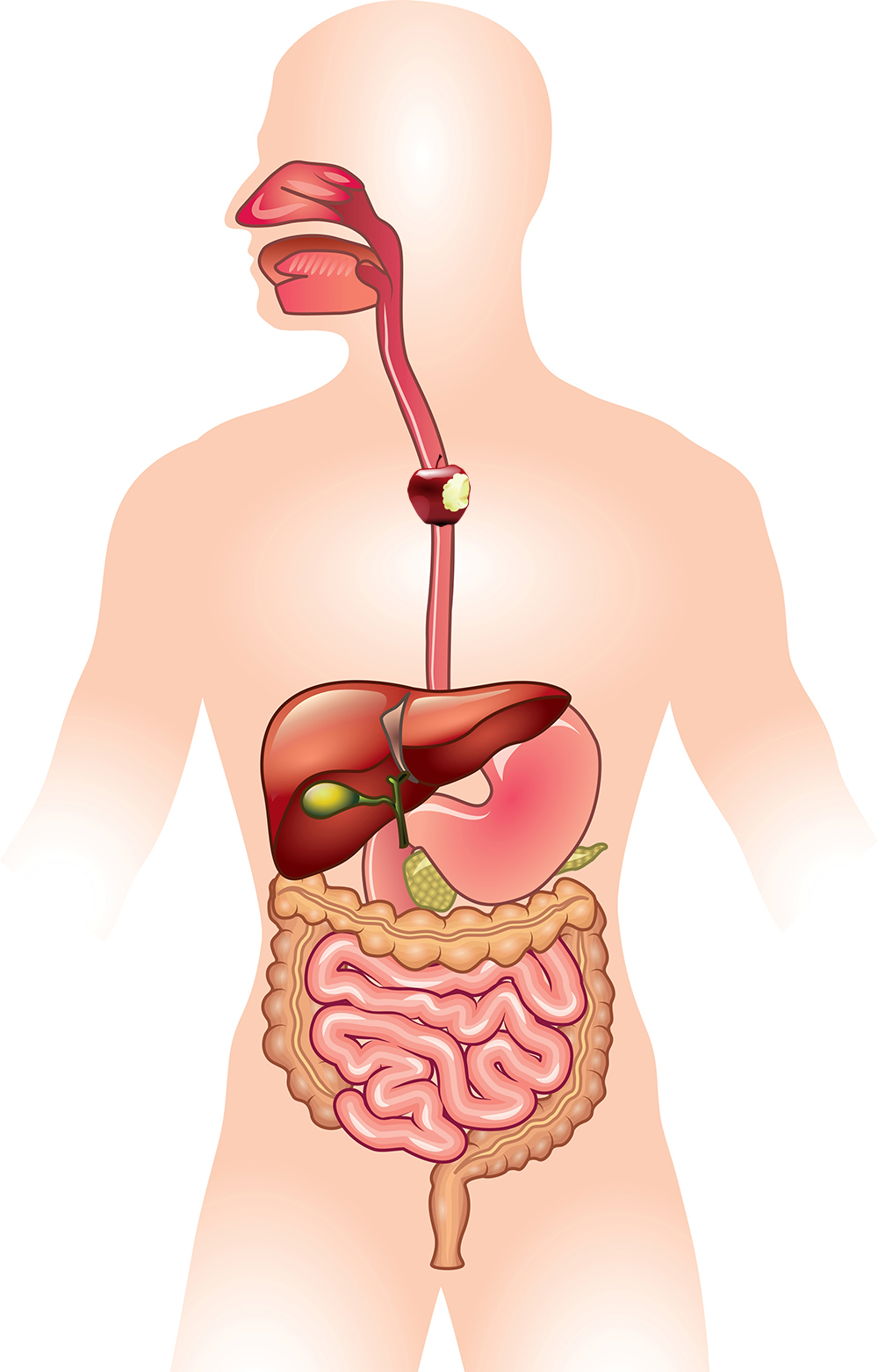Unit 1: My Self
Unit 1, Activity 2: The Food You Eat
MINDS ON
The Food You Eat
A lot of the packaged food you eat comes with a nutrition facts label showing what types of ingredients and nutrients it contains.
Check out the two cereal nutrition facts labels below, one for Cheerios and the other for Lucky Charms. For a closer look, click on each label.


 What Do You Think?
What Do You Think?
- Which cereal has the most ingredients?
- Which cereal do you think is healthier? Why?
- Have you tried either cereal before?
Nutrition Facts Labels
Nutrition facts labels on packaged foods contain a lot of information.
Here is a brief explanation of some of the main facts:
- Calories tell you how much energy this food will give you.
- Total Fat is the nutrient that helps your body grow and absorb vitamins.
- Total Carbohydrate is the nutrient providing the main source of calories in your food, including fibre and sugar.
- Protein is the nutrient which helps build and repair body tissues.
Generally, a healthy food has a good balance of nutrients.
 You Are What You Eat
You Are What You Eat
Do you think this statement is true? Why or why not?
Think about the most recent food you ate. Did you check its nutrition facts label?
Do you know which ingredients it contained?
How will this food help your body's growth and development?
If you really are what you eat, are you satisfied with your most recent food choice?
ACTION
The Digestive System
The general function of the digestive system is to absorb food nutrients for use by your body. In order to accomplish this, your digestive system is made up of a series of organs, all of which have specialized roles.
Take a look at this video, entitled The Digestive System, that shows in detail the path of the food you eat every day.
Now, get ready to take a bite from a big, juicy apple. Sound good? Then, let's follow its journey through the digestive system. And, here we go!
CONSOLIDATION
 Fish Digestive System
Fish Digestive System
Other animals also have digestive organs that you may be able to recognize due to their similarity in structure. Examine this cross-section of a fish showing some of its organs. If you have ever gone fishing, then cleaned, cooked and eaten your catch right afterwards (lucky you!), you might have seen these organs firsthand.

Make a copy of this image. You may use an interactive program, such as ThingLink or Google Drawings.
Complete the following:
1. Draw a line on the image with an arrow indicating the path of the digestive tract.
2. Based on your knowledge of the human digestive system, label the following organs: mouth, esophagus, stomach, intestine and anus.
3. Explain how any two of these organs work together in digestion, ultimately allowing your body to absorb nutrients from the food you eat. Please reference the human digestive system for this question.
4. Knowing that our bodies need certain types of nutrients, how does the food you eat impact your digestive system in a positive way? How might it impact your system in a negative way?
 Self Check
Self Check
Before submitting your work, read it over to make sure your work is complete and that it addresses the Learning Goals.
| Self Check | |
|---|---|
| I have identified the digestive tract and direction on the image of the fish. | |
| I have identified organs (mouth, esophagus, stomach, intestine and anus) on the fish. | |
| I have identified and explained how two human digestive organs work together. |





